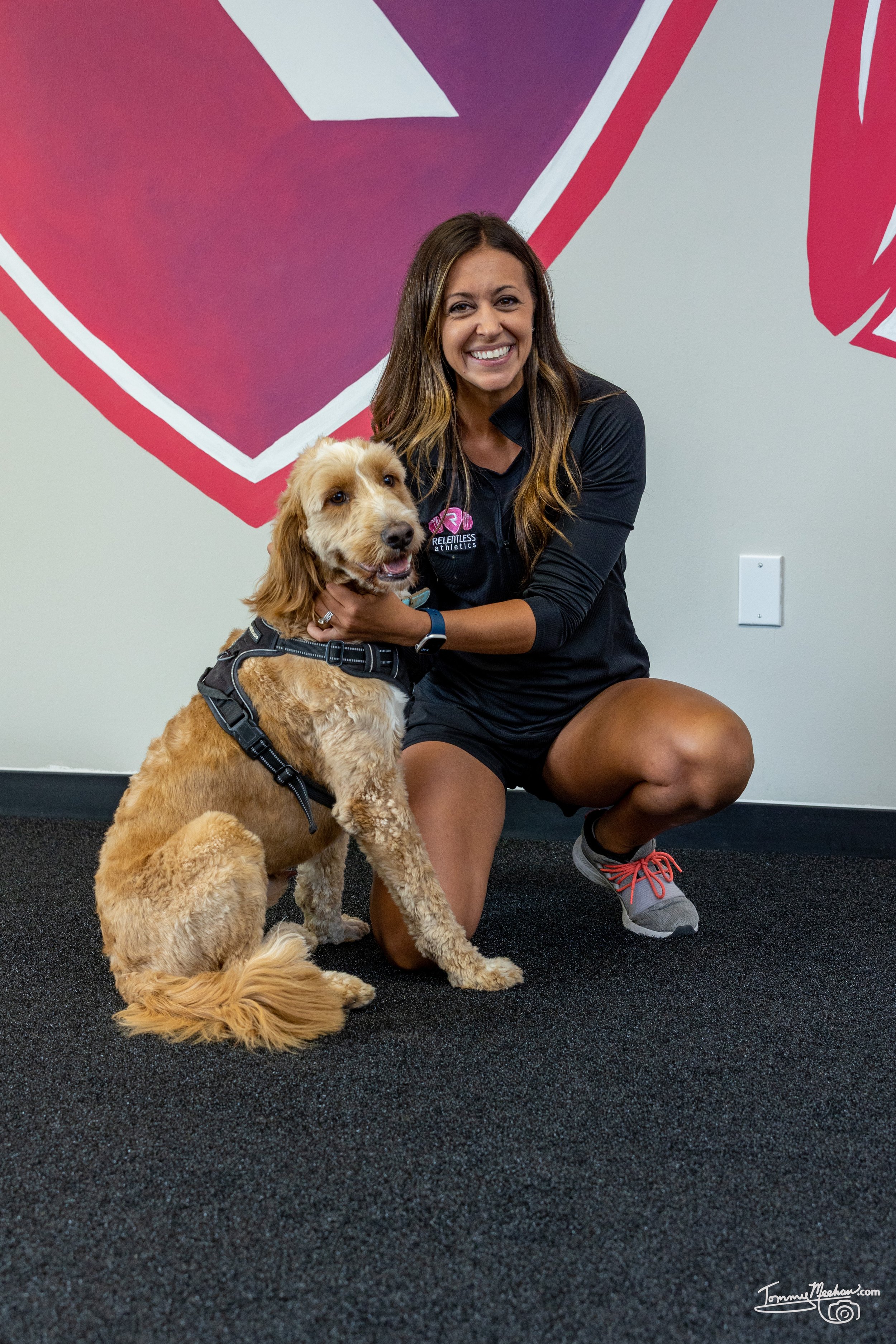Five Common Foods MISLABELED as High in Protein- and What to Eat Instead
By Emily Neff (Pappas), Ph.D. student
a common mistake we see our FEMALE athletes (and her parents) make at Relentless is thinking certain foods are HIGH in protein when in fact they are higher in carbs or fats.
This mislabeling leads to underconsumption of protein, decreased performance, and higher injury risks.
Eating protein is HARD, especially when the female athlete needs as many grams of protein as her body weight!
To help, we like to teach our athletes to label food for what it is HIGHEST in to help increase protein consumption over time.
Check out the FIVE MOST COMMON MISLABELED FOODS AS “HIGH IN PROTEIN” and what to eat instead!
1) PEANUT BUTTER
Peanut butter is a classic favorite, but for every 2 tablespoons your female athlete eats, she consumes approximately 7-8g of incomplete protein and 16g of fat.
This makes peanut butter more of a fat source than a protein one.
In fact, the female athlete would need to eat around 15 tablespoons to consume enough protein to constitute one serving while factoring in higher fiber and fat amounts that inhibit protein absorption in the bloodstream.
Instead of looking for peanut butter for protein, consider it a FAT.
Next time your athlete has a PB&J sandwich, pair it with Greek yogurt to give her all the protein she needs!
2) HOT DOGS
On a hot summer day we love a hot dog just as much as you…..but hot dogs are NOT a high protein source.
A typical hot dog provides 5g of protein and 7.5g of fats.
With a higher amount of fat per serving, this makes our beloved summer favorite a FAT source more than a protein source.
But there is an EASY switch to sneak more protein into your female athlete’s plate.
By switching out the beef hotdog with chicken sausage, your female athlete consumes 7g of protein and 4.5g of fat!
A much better ratio for protein consumption after an early practice or late game!
Keep the bun whole wheat and let her have TWO, and you will have a COMPLETE meal! Add a side salad and she is set!
3) BEANS
Beans are often perceived as a protein source, but one cup of beans provides 15g of incomplete protein and a whopping 45g of carbs.
Categorizing them more as a carb than a protein.
To maximize protein intake, consider combining half a cup of beans with one cup of shredded chicken, creating a delicious Mexican shredded chicken mix seasoned with chipotle.
When you do, she will get 50g of protein from the chicken and beans as her carb!
4) QUINOA
While quinoa is often sought after as a protein source, 1 cup contains 8g of incomplete protein and 40g of carbs.
Making quinoa a source of CARBS rather than protein!
Instead of looking for quinoa as your protein, pair the cup with 3oz of salmon for a COMPLETE MEAL of carbs, protein, and fats!
This combination ensures sufficient carbs, protein, and healthy fats for optimal athletic performance.
5) BACON
While bacon is a delicious side to your Sunday breakfast, 3 slices of bacon provide 6g of protein and 9g of fats.
Making bacon a better fit for the FAT category than the protein.
Switching to turkey bacon offers 15 grams of protein and 4.5g of fats, making it a superior choice for athletes looking to boost protein intake without compromising taste.
Save bacon for a treat, and make turkey bacon your go-to breakfast meat choice to help your athlete get more protein into her diet!
CONCLUSION
Avoiding common mislabeling mistakes in food choices is crucial for female athletes striving to meet their protein requirements.
By understanding the true nutritional content of foods and making informed choices, athletes can optimize their diets for improved performance and reduced injury risks. Proper nutrition is a key component of achieving relentless success in sports.
Related Articles:
WANT MORE RECIPES? CHECK OUT OUR RECIPE BOOK!
Quick and Easy Recipes for the Female Athlete
NOT SURE HOW MUCH TO EAT? CHECK OUT OUR NUTRITION TEMPLATES FOR FEMALE ATHLETES!
How Much Should I Eat?: The 100-125lb Female Athlete's Template
INTERESTED IN 1:1 NUTRITION COACHING (BOTH IN-PERSON AND VIRTUAL)?
CHECK OUT OUR NUTRITION PROGRAM
ABOUT THE AUTHOR
In 2015 Emily opened Relentless Athletics to build a community for female athletes while educating their parents and coaches on the necessity of strength training and sports nutrition to optimize sports performance and reduce injury risks in the female athlete population.
Emily holds a M.S. in Exercise Physiology from Temple University and a B.S. in Biological Sciences from Drexel University. She is currently pursuing her Ph.D. at Concordia University St. Paul with a research focus on female athletes & the relationship between strength training frequency, ACL injury rates, and menstrual cycle irregularities (RED-s). Through this education, Emily values her ability to coach athletes and develop strength coaches with a perspective that is grounded in biochemistry and human physiology.
When she isn’t on the coaching floor or working in her office, she is at home with her husband Jarrod and their daughter Maya Rose, and, of course, their dog Milo (who has become the mascot of Relentless)!!






















